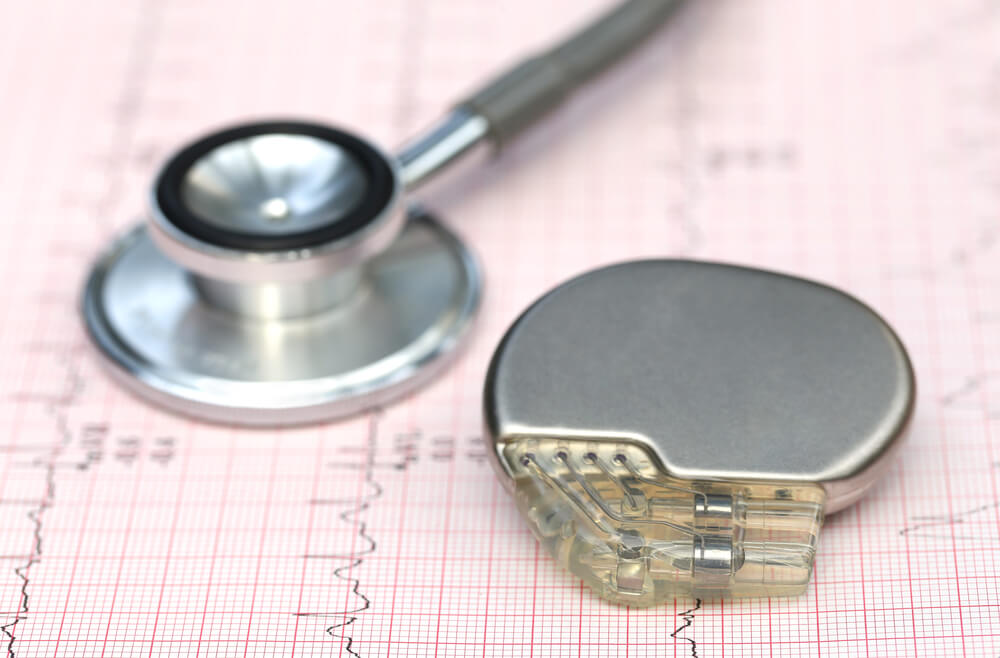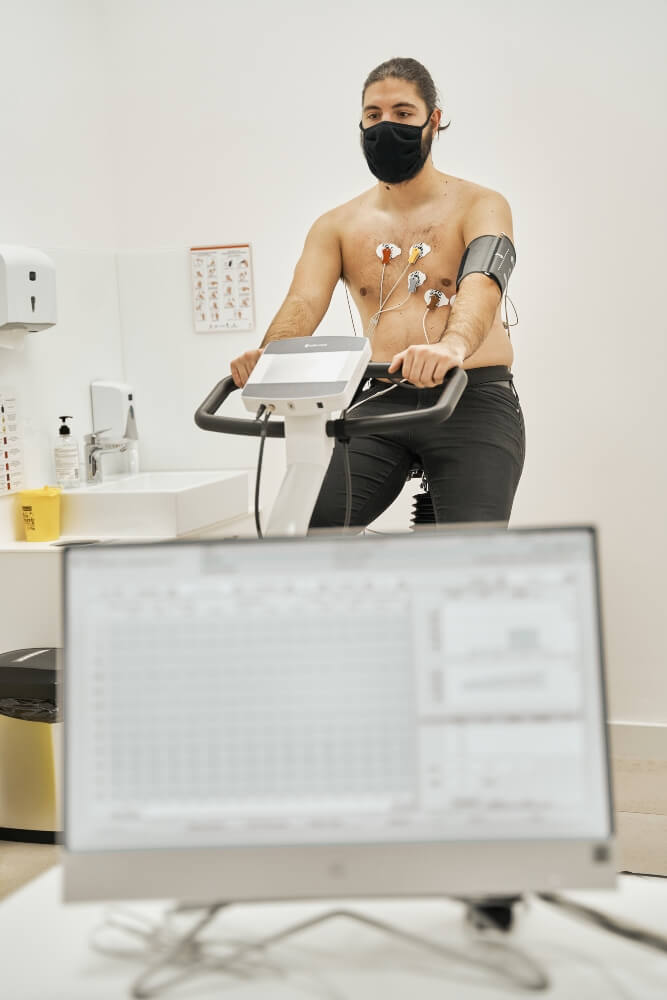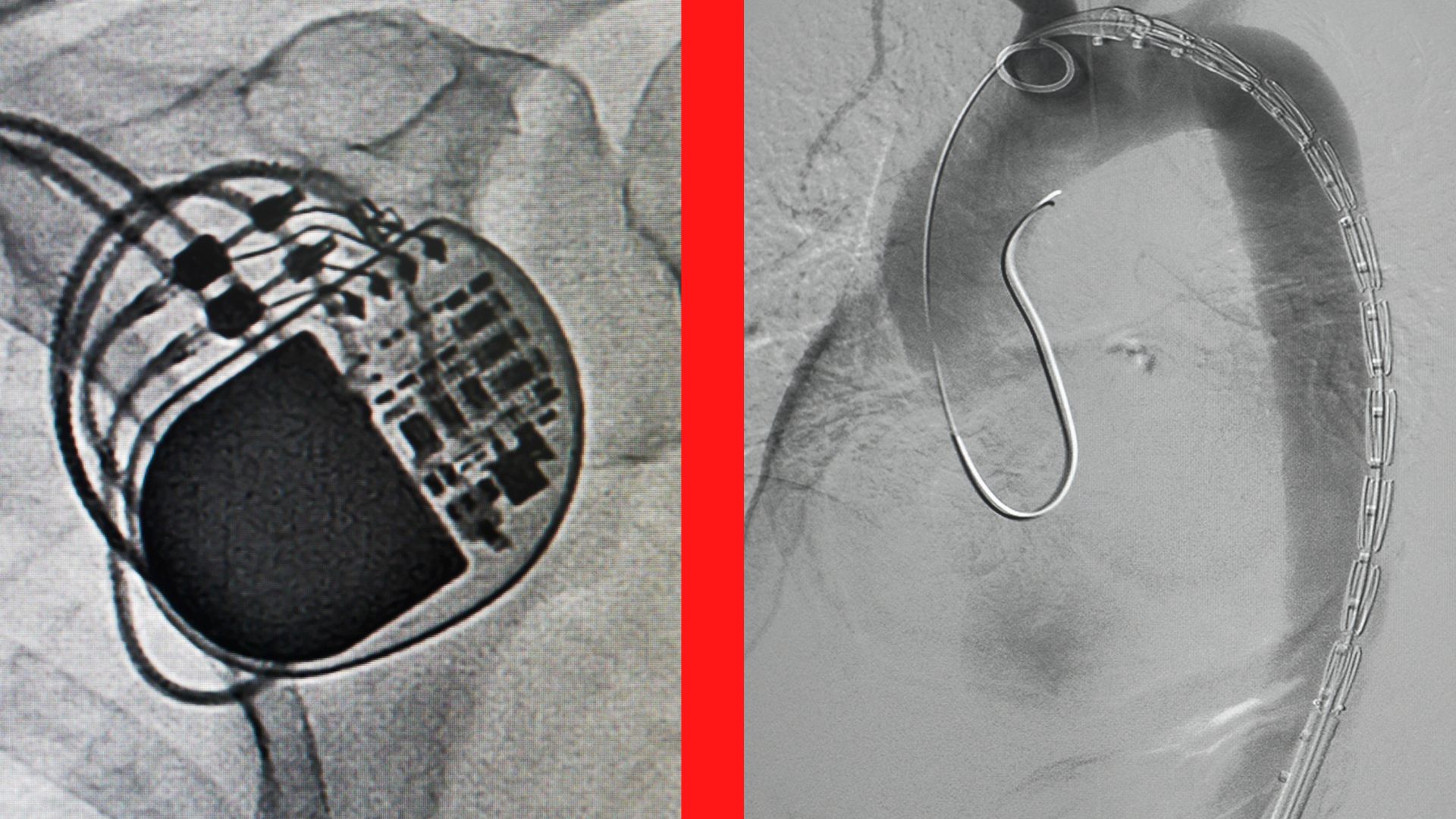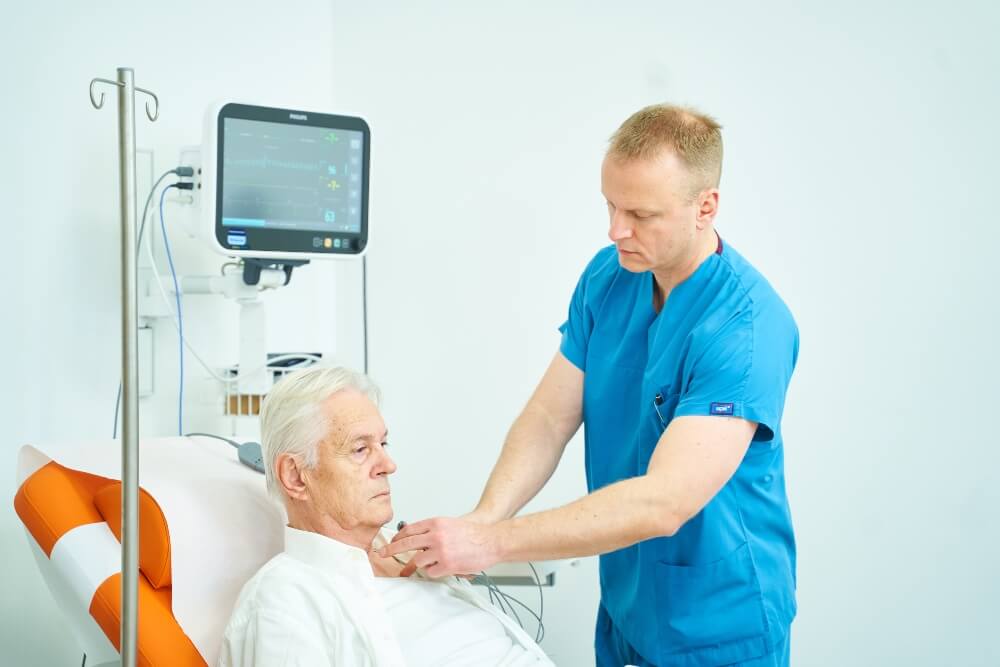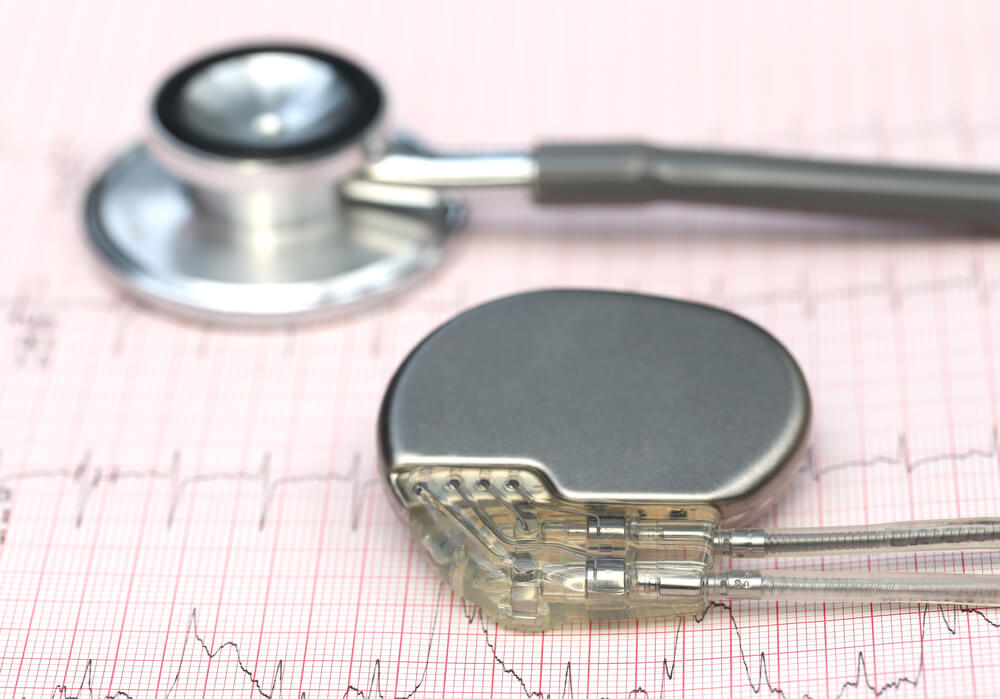If you are in a situation where your heart needs help to function well, you need to know what is a pacemaker, how effective it is, and how to carry on after installing a pacemaker, so that you can approach the process without fear.
Life with this device is so much better than living with a sick heart!
What Is a Pacemaker?
A pacemaker is a device smaller than a box of matches, which stimulates and regulates the work of the heart. It is implanted under the skin in the area of the chest. It is extremely important because it helps patients in whom the application of therapy cannot help restore a normal heart rhythm.
The pacemaker consists of several parts, more precisely two: the first is the generator of electrical impulses, and the second part – the electrodes that serve to conduct impulses from the generator to the heart.
The generator is responsible for generating impulses that affect the work of the heart through thin wires, i.e. electrodes. Depending on where the electrodes are placed, the pacemaker can be single-chamber, double-chamber, and one that stimulates the work of the heart at several points.
A single-chamber pacemaker is connected by a single electrode to a single atrium or ventricle, and a double-chamber pacemaker is connected to the right ventricle and the right atrium. People with heart failure will need stimulation in several places.
Which type of pacemaker the specialist will choose depends on the type of patient’s disease.
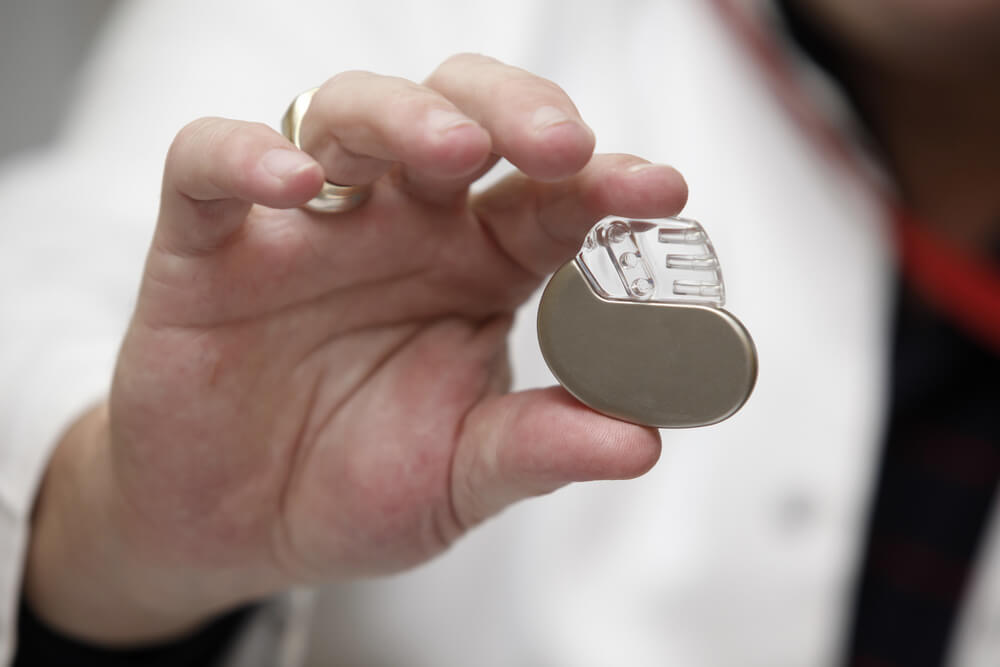
The Pacemaker Then and Now
The first pacemaker was installed in 1958, and since then, the performance of this device has been significantly changed and improved. Today, it is smaller than before, the installation of a pacemaker has become a routine intervention that is usually performed within an hour, and the possibilities it provides are much better.
This device can respond well to changes in a person’s heart rhythm at rest and in a state of stress, i.e. exposure to exertion so that it automatically adapts to the needs of each patient.
It is possible to read information from it, and even to be in contact with a doctor remotely. It is possible to send information about the work of the heart over the phone or the Internet.
When Is a Pacemaker Needed?
A pacemaker is implanted when a patient has an irregular heartbeat:
- bradycardia (slowed heart rate that endangers the patient’s condition, this condition can be very dangerous)
- tachycardia (rapid heartbeat) that is impossible to keep under control with medication.
This device maintains a constant optimal number of heartbeats per minute, which is about 70.
Pacemaker Implementation Procedure
Pacemaker implantation is a routine procedure. It is performed in a specially equipped Cath-lab and local anesthesia is used, which means that the patient is awake all the time, but does not feel pain.
The specialist installs the device under the skin of the chest, and conducts the electrode or electrodes to the appropriate chamber or atrium, depending on the needs of each patient.
The procedure does not last long, it is usually ready in an hour, and after that, the patient remains under observation in the hospital for at least another 24 hours in order to monitor their condition.
The first follow-up examination of the patient is after two weeks, and then the check-ups continue every six months. Thanks to the special probes that the doctor rests on the place where the device is, it is possible to read the data that the pacemaker recorded from the moment of installation.
The battery life on this device is about ten years and the condition of the battery is easily checked by a doctor, so they know when is the right time to change it.
Immediately after the procedure, you will receive an identification card with all the important information about the device you have, the hospital where it was installed, and the doctor who performed the procedure. Always carry it with you, because this information will be very important if any deterioration happens to you, so you will not be able to communicate it yourself.
Does the Installation of a Pacemaker Require Special Preparation?
Before pacemaker insertion, the patient must perform analysis to determine if they are the right candidate for this procedure. These are, usually, the most frequent analyses:
- echocardiogram (echo of the heart – ultrasound of the heart, this method provides information on the structure of the heart, dimensions, performance of the atria and ventricles, the presence of fluid around the heart, etc.)
- electrocardiogram (or ECG, used to measure the electrical activity of the heart)
- ECG Holter monitoring (represents the measurement of the electrical activity of the heart over a long period of time, usually 24 hours)
- load test (also called ERGO test and ergometry, used to monitor heart rate in situations of increased physical exertion. Provides important information on how the load affects heart rate and takes place while the patient is riding a bike or walking on a treadmill)
If these diagnostic methods determine that you need an intervention and that you need a pacemaker insertion, consult a cardiologist on how to prepare.
At the Pulse Cardiology Center, we are available every day for you and we are ready to provide answers to all your questions. With us, you can schedule all analyses and many interventions in the field of interventional cardiology, radiology, neurology.
Some of the unavoidable pre-intervention tips are:
- do not drink liquids or food after midnight before installing the pacemaker
- take only those medicines that your doctor has told you to take
- pay special attention to hygiene, your doctor may recommend a special bath soap before the intervention.
Is Getting a Pacemaker a Dangerous Procedure?
This is a routine procedure that is performed while the patient is awake. Sometimes some complications can occur such as:
- allergy to the anesthetic used
- bruising
- bleeding
- accidentally injured nerve or blood vessel
- the incision site may become infected
Pneumothorax and perforation of the heart are extremely rare.
In most cases, there are no complications after this procedure, but the patient will certainly be in the hospital for another day or two.
How to Behave After the Installation of a Pacemaker?
All patients want to know how to take care after the implantation of a pacemaker because you still have an unfamiliar device in your body, which has a key function for maintaining such an important organ.
The device will not bother you, it will become a part of you and will improve your life in every sense. Many will be able to engage in physical activities with him.
What you need to pay attention to is not to go through metal detectors. When traveling, show your card and just walk past the decker. Do not approach near repeaters, radars, transformers, high voltage, faulty devices, and the phone should be used on the ear that is farther from the place of installation.
If you need to go for a body imaging, tell your doctor that you have a pacemaker, and they will assess whether the recording is safe for you.
You should not be afraid that some things you use every day will have an impact on the device. You can use computers, radio, microwave, vacuum cleaner, refrigerator, shaver, hearing aid and other things you have in the house.
What Are the Warning Signs?
If you do not feel well, the signs of the disease have reappeared, the skin at the incision site has changed color or you feel that your muscles are cramping, call a doctor immediately.
The installation of this device can only improve and prolong your life because it is recommended when other methods of treating diseases are not working and problems in maintaining a normal heart rhythm are present.
A large number of people can return to a normal life completely, and they can even engage in physical activities. Of course, everything will depend on the age, the general condition of the patient, the associated diseases, the lifestyle you have led until then. Unhealthy and harmful habits should be left out not only because of the procedure that was done, but also because of the health of the whole well-being, but the device itself does not mean that the patient must not consume certain types of food.
After the intervention, make sure to go for regular check-ups and take care of taking the therapy, live and eat healthily, and your life will be much better than before.

